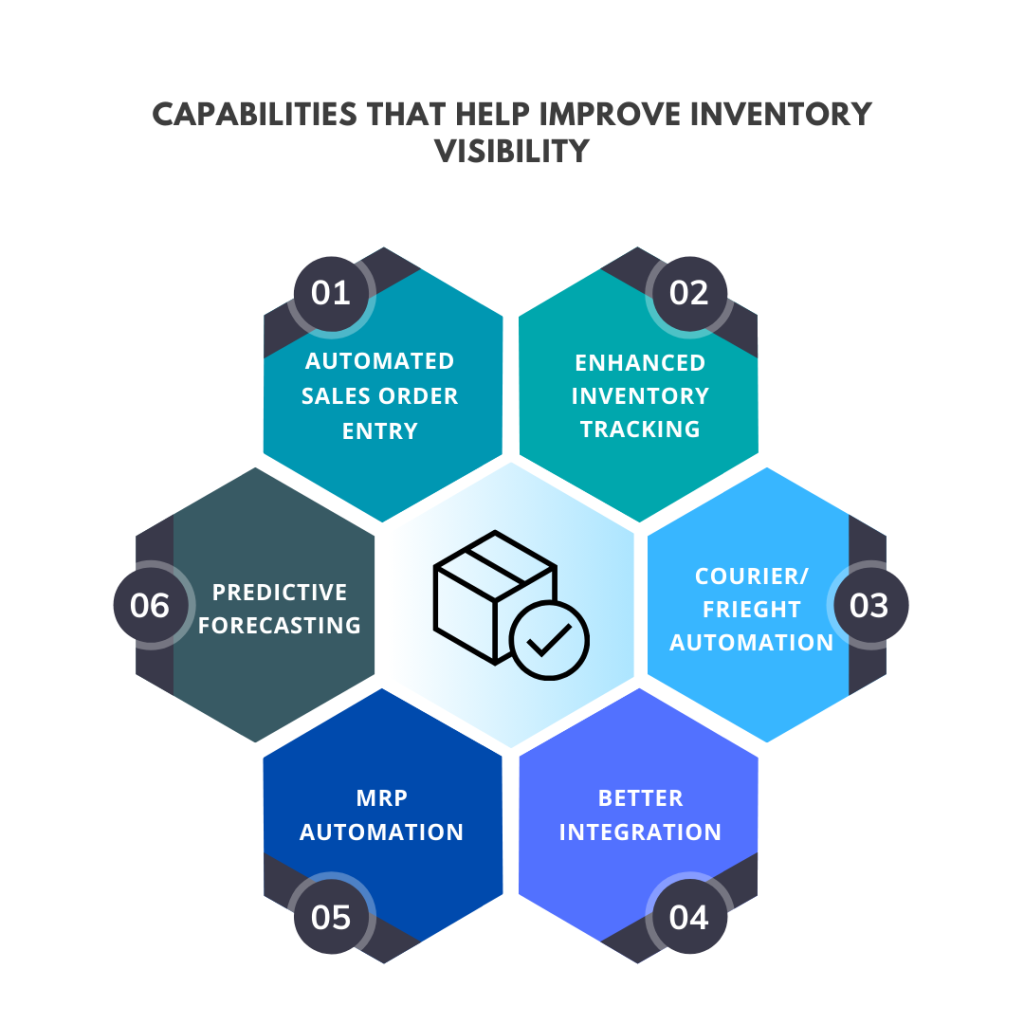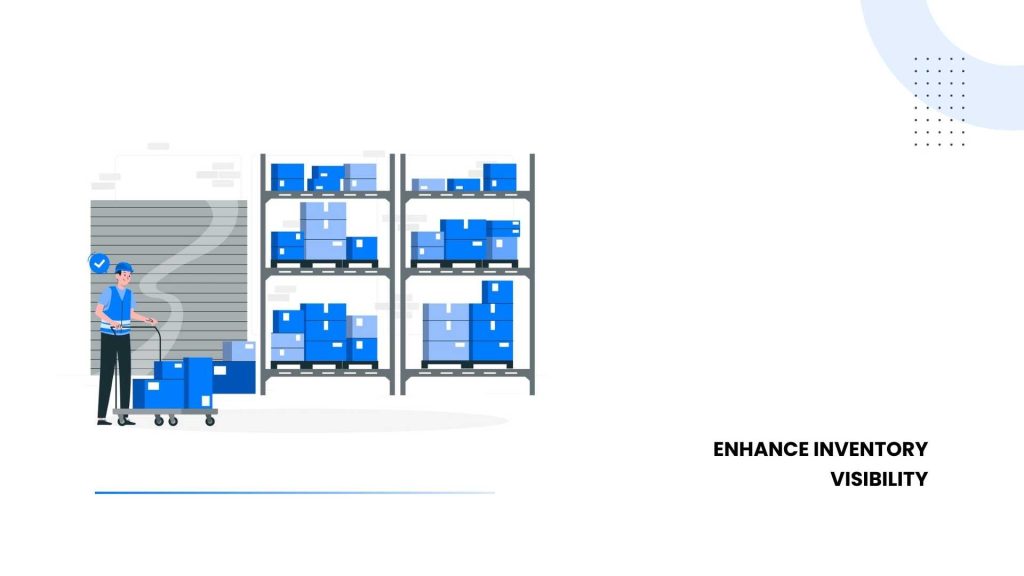Inventory visibility is a crucial aspect of efficient supply chain management. In a landscape where precision and foresight are paramount, understanding and harnessing inventory visibility can distinguish between chaos and seamless operations. But what exactly is inventory visibility, and why is it so crucial in today’s business environment?
Understanding Inventory Visibility
Inventory visibility refers to a business’s ability to track and monitor its inventory in real-time throughout the supply chain. It entails having a clear, comprehensive view of every product’s movement, location, and status within the inventory network. From raw materials to finished goods, across various stages of production, warehousing, and distribution.
Benefits of Inventory Visibility
Accurate Forecasting: With real-time data on inventory levels and trends, businesses can make more informed forecasts, more accurately anticipating demand fluctuations and market trends. It allows for optimized production schedules and inventory control and lowers the risk of overstocking.
Smarter Resource Allocation: Inventory visibility empowers businesses to allocate resources more strategically. Companies can optimize resource allocation by clearly showing inventory levels and production requirements. Ensuring that materials and workforce are deployed efficiently to meet demand without unnecessary waste or idle capacity.
Increased Efficiency and Better Use of Employee Time: Having visibility into inventory streamlines workflows, optimizes processes, reduces lead times, and minimizes operational bottlenecks. It enables employees to focus on value-adding tasks, boosting productivity and morale.
Reduced Stock Levels: Businesses can optimize profitability by matching production with demand, reducing excess inventory, freeing up capital, and minimizing obsolescence risks and markdowns.
Supply Chain Transparency: Enhanced visibility in the supply chain promotes transparency, aiding coordination between suppliers, manufacturers, distributors, and retailers. This transparency allows quicker responses to market changes, ensuring timely order fulfillment and increased customer satisfaction.

Leveraging ERP for Enhanced Production Requirements
ERP systems emerge as invaluable allies. Here are five ways ERP solutions bolster production requirements:
Resolves Unpredictable Scenarios: ERP systems enable quick adjustments to production schedules, inventory levels, and resource allocation in response to changing market conditions or supply chain disruptions.
Enhances Just-in-Time Inventory Strategies: With real-time data and forecasting capabilities. ERP systems facilitate the implementation of just-in-time (JIT) inventory strategies, minimizing inventory holding costs while assuring the availability of materials for production.
Enhanced Inventory Levels: ERP systems integrate inventory data with CRM modules to optimize inventory based on customer demand. Improving service levels and customer relationships.
Drives Omnichannel Growth: In the current omnichannel landscape, ERP systems synchronize inventory across various sales channels for seamless order fulfillment and inventory visibility, regardless of the purchase channel.
Provides Actionable Insight: ERP systems utilize advanced analytics to turn inventory data into actionable insights. Enabling decision-makers to refine production strategies, optimize inventory levels, and enhance supply chain efficiency.
Conclusion
Acumatica’s Inventory Software offers a streamlined solution for businesses seeking to enhance their inventory control operations. With its flexible item management capabilities, rigorous quality traceability features, and robust replenishment tools.
Acumatica empowers organizations to efficiently balance supply and demand dynamics. By leveraging Acumatica, businesses can enhance operational efficiency, minimize costs, and drive greater profitability through effective inventory management.

Vijay comes with a vast experience in ERP and enterprise solutions space with about 20 years of experience in various packaged application like Acumatica, SAP, Orion, Salesforce.com, SugarCRM and, SalesLogix.

